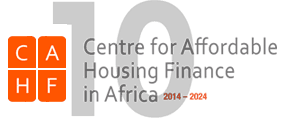This regional profile is an update from 2012, and it accesses the current affordable housing market within the SADC region. Currently SADC has 14 member states: Angola, Botswana, Democratic Republic of Congo (DRC), Lesotho, Malawi, Mauritius, Mozambique, Namibia, Seychelles, South Africa, Swaziland, United Republic of Tanzania, Zambia and Zimbabwe.
